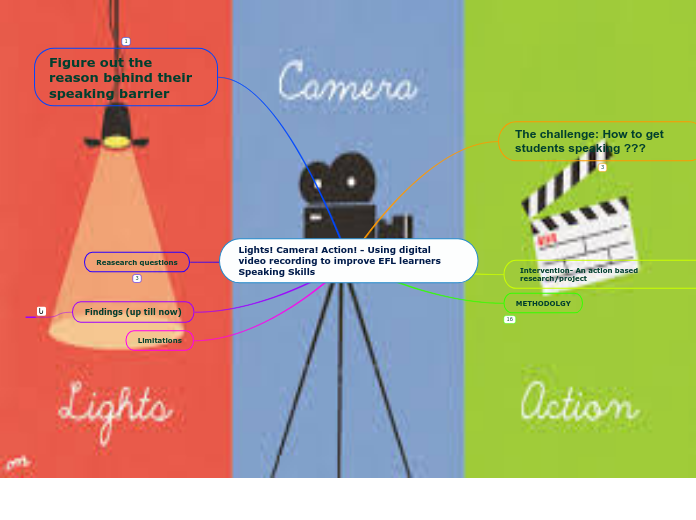af Koketso Lesane 3 år siden
259
HISTORY OF BROADCASTING
During the 2000s, the broadcasting landscape saw significant advancements with the introduction of digital radio and direct broadcasting by satellite (DBS). Digital radios started selling in the UK by 1998 and new frequency bands were allocated globally for digital services, except in the US where a different band was used due to national defense concerns.









